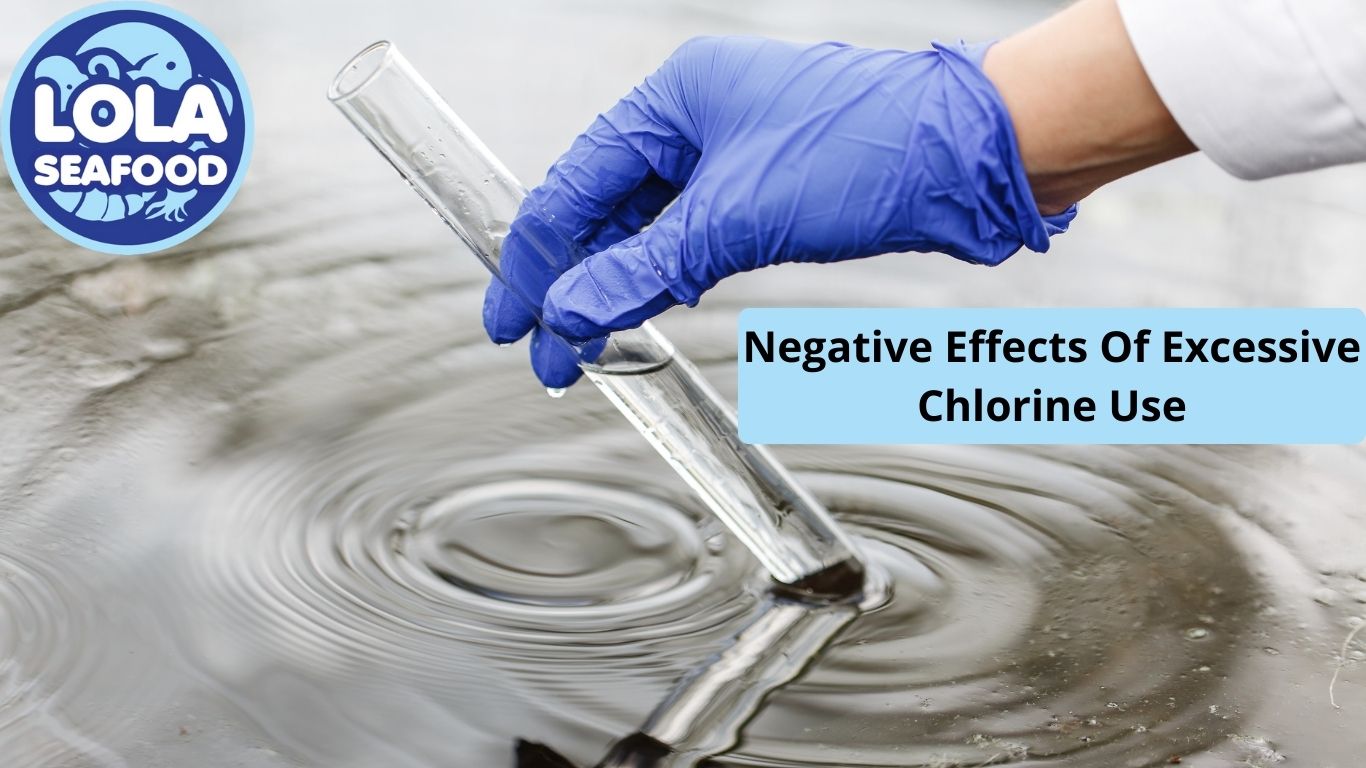Negative Effects Of Excessive Chlorine Use
By. Najih - 28 Nov 2024
Excessive chlorine use can have several negative effects on the body. Some of the common effects include respiratory issues such as asthma symptoms, difficulty breathing, and lung irritation. It can also cause skin problems like dry skin, rashes, and irritation. Additionally, excessive chlorine exposure can lead to eye irritation, including redness, itching, and tearing. Furthermore, chlorine can also affect the digestive system, causing nausea, vomiting, and diarrhea. In severe cases, excessive chlorine exposure can lead to more serious health issues, such as respiratory failure, cardiac arrest, and even death. It is essential to use chlorine in moderation and follow proper safety guidelines to minimize the risks associated with its use. Chlorine exposure can also have environmental impacts, such as the formation of toxic byproducts like trihalomethanes (THMs) and haloacetic acids (HAAs) when it reacts with organic matter in water. These byproducts have been linked to various health problems, including cancer and reproductive issues. Moreover, excessive chlorine use can harm aquatic life and contaminate soil and water sources. It is crucial to adopt sustainable and responsible practices when using chlorine to mitigate its negative effects on both human health and the environment. To minimize the risks associated with chlorine use, it is recommended to use alternative disinfectants like ozone, ultraviolet (UV) light, or hydrogen peroxide whenever possible. Additionally, individuals can take steps to reduce their exposure to chlorine, such as using filters that remove chlorine from drinking water, avoiding swimming pools that use high levels of chlorine, and choosing personal care products that are free from chlorine.
Regulatory agencies and public health organizations have established guidelines for safe levels of chlorine exposure. For example, the World Health Organization (WHO) recommends a maximum allowable annual average of 5 milligrams per Liter (mg/L) for chlorine in drinking water, while the Occupational Safety and Health Administration (OSHA) sets a permissible exposure limit (PEL) of 0.5 parts per million (ppm) for chlorine gas in the workplace.
Moreover, proper handling, storage, and disposal of chlorine products are essential to prevent accidents and minimize environmental contamination. Individuals who work with chlorine or use it in their daily lives should follow proper safety protocols, including wearing protective gear and following instructions for use.
.jpg)
.jpg)
.jpg)
.jpg)
.jpg)
.jpg)
.jpg)
.jpg)
.jpg)